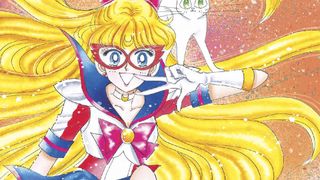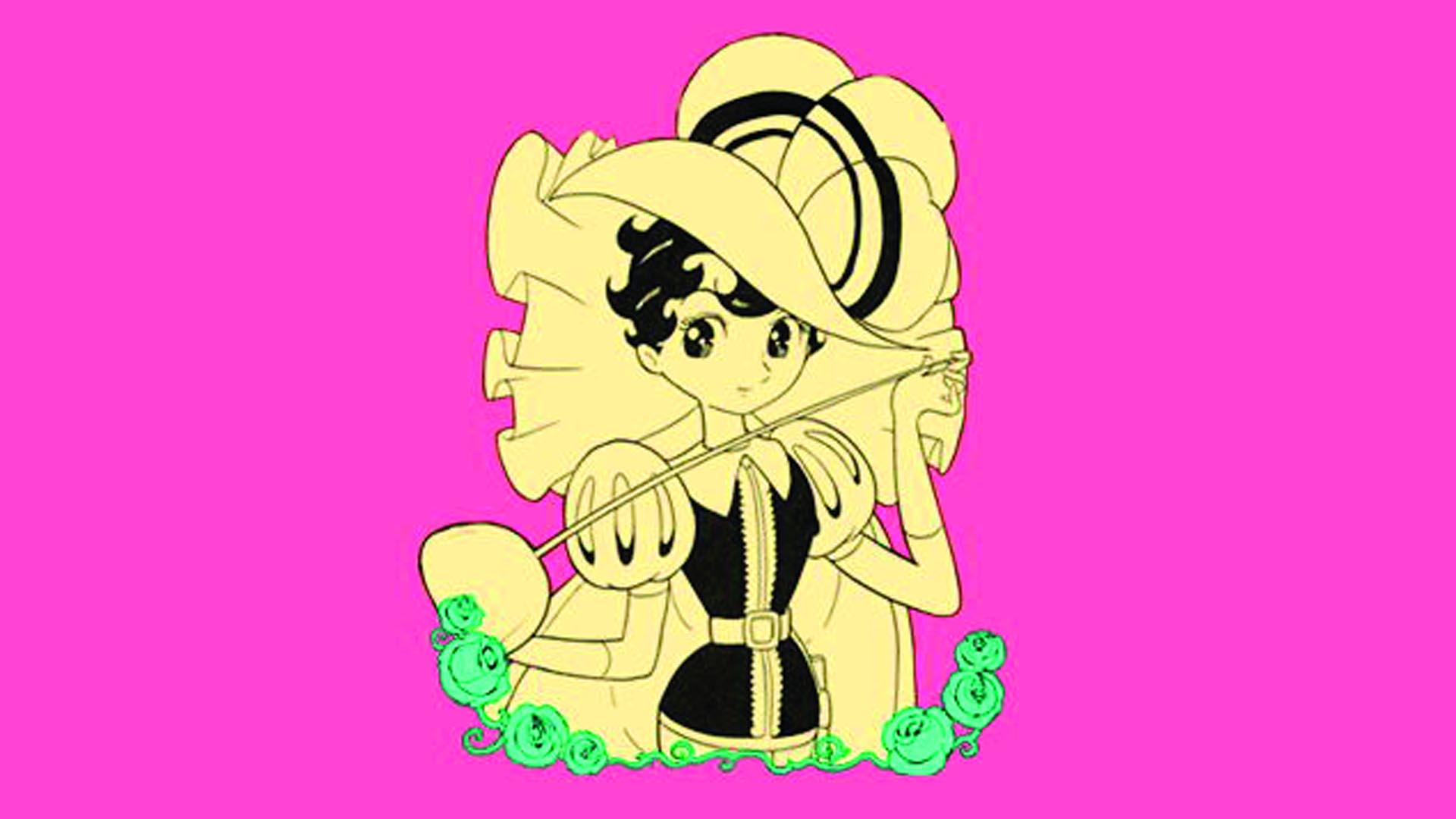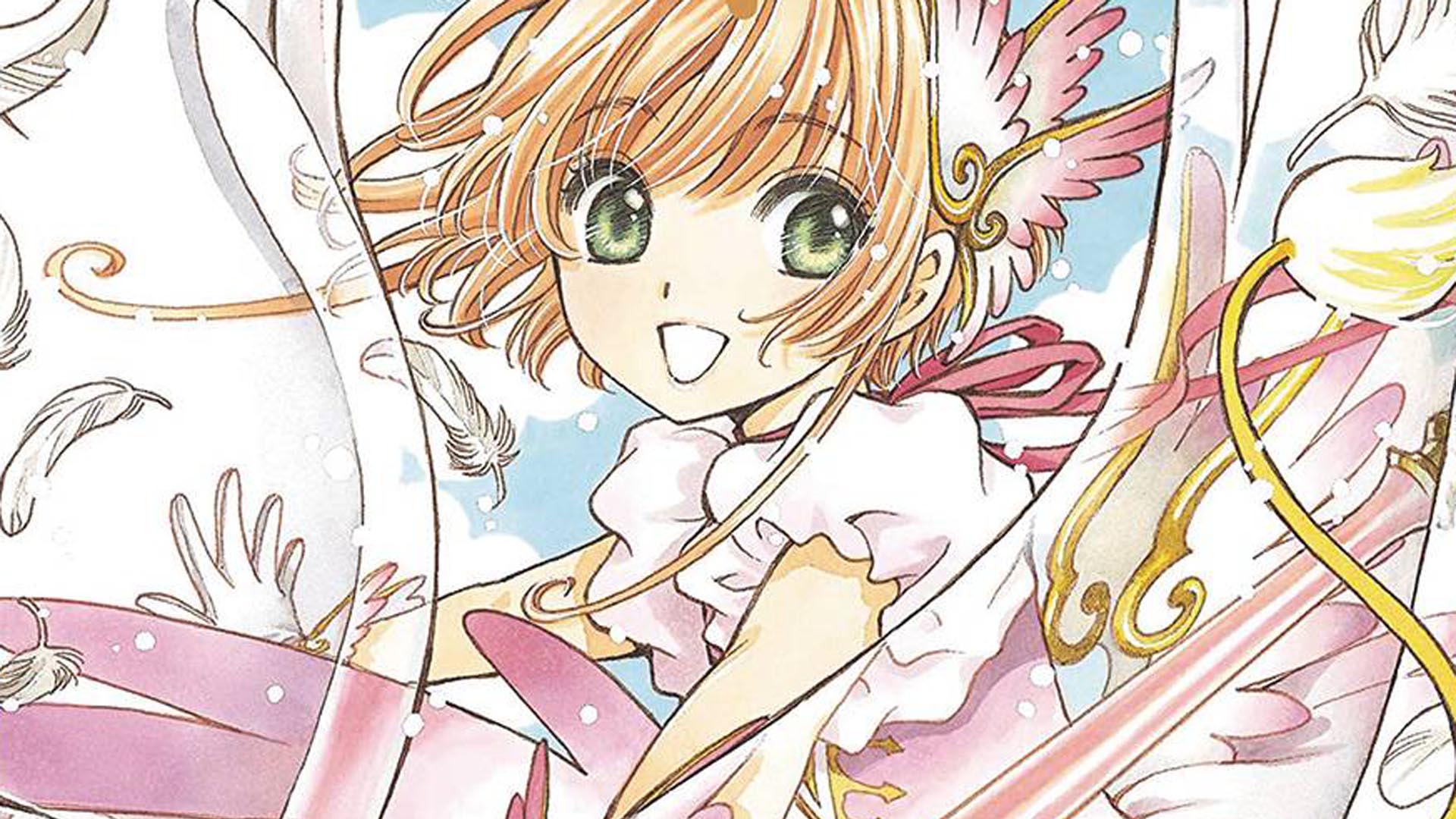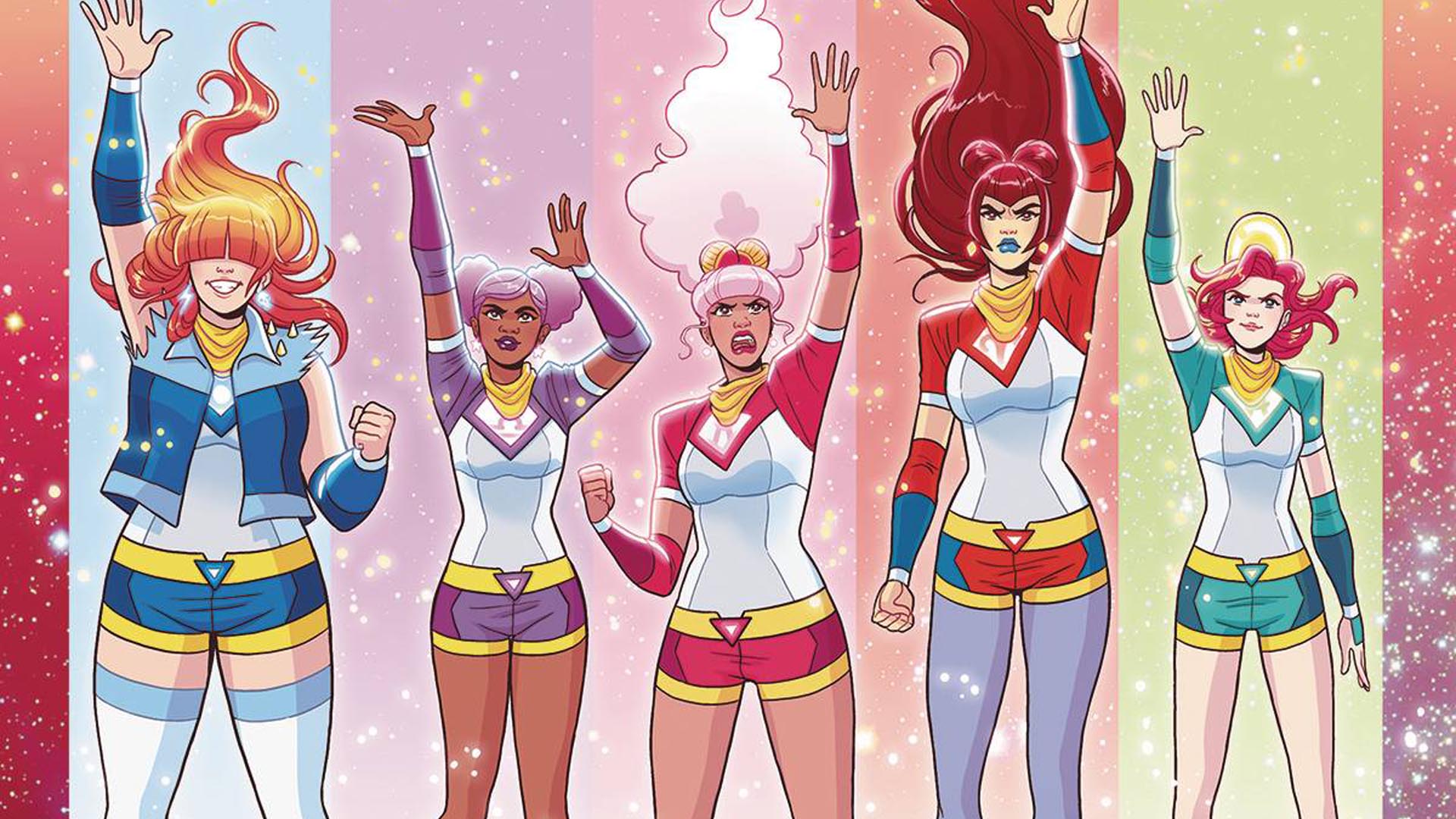The transformative legacy of magical girl manga - ishmaelnowerever98
The transformative bequest of sorcerous female child manga

Mahou shoujo (magic girl) manga and anime has been one of the most influential subgenres of contemporary American comics. From Holocene epoch Jehovah-closely-held series much as Kevin Panetta and Paulina Ganucheau's Zodiac Starforce and Mildred's Joseph Louis Barrow' Agents of The Realm, but even back to some of DC and Marvel's superheroes.
The magical girl genre is a subgenre of Japanese fable that is Charles Herbert Best known for featuring young girls gaining magical abilities and transforming into heroic warriors to fight evil. Maybe the most popular example of this is Naoko Takeuchi's '90s manga Sailor Moon around, which told the story of a moon princess reborn as a teenager who becomes a superhero.
Together, Sailor Moon and other '90s magical girl concepts so much American Samoa Kunihiko Ikuhara's Revolutionary Girl Utena and CLAMP's Cardcaptor Sakura would inspire English-language funny books and webcomics crosswise the board. Just to understand truth impact of the supernatural missy musical genre, let's have a look back at its history.
The history of magical girl manga

The seeds for the magical girl genre were in the beginning sown with Osamu Tezuka's manga Princess Knight, which was publicized in 1953 and is thoughtful the prototype for mahou shoujo works due to how information technology featured a feminine action hero. Besides Princess Knight, The Secret of Akko-chan was some other pioneering magical girl manga released in the early '60s.
The Secret of Akko-Chan tells the story of Akko, an ordinary girl World Health Organization is granted a magical compress that allows her to transubstantiate into anything or anyone that she wants in exchange for doing good deeds. Both the manga and its anime adaptation would build two prominent traits of subsequent mahou shoujo works. One is the magical girl witch archetype that features young girls equally witches using magical powers. The past is the mahou shoujo henshin (i.e. transformation sequence) that involves a young girl transforming with an item ready to use her magical powers to their fullest potential.
In point of fact, a wizard girl manga and anime serial of the '70s that utilized the henshin in yeasty and lustful ways is Go Nagai's manga Cutie Honey. Although aimed at a male audience, Cutie Honey amuck traits that would later be applied to another mahou shoujo works traditionally aimed at young girls. Not only did she call unsuccessful her transformations, but she also made grand speeches about dear and Justice. Moreover, Cutie Honey featured very much of accomplish not typically seen in magical girl workings at the time, which would shuffling her anime version popular with both boys and girls.
By the '90s, Naoko Tekeuchi's Sailor Moon would combine the influences of the aforesaid with influences from tokusatsu (Japanese shows with inhabit-action special effects) and super-sentai (a Japanese superhero team franchise that would be decentralised Eastern Samoa Power Rangers). Alongside Sailor Moon on would arrive Kunihiko Ikuhara and Chiho Saito's manga and anime Rotatory Girl Utena and CLAMP's manga serial Cardcaptor Sakura.
Magical girl manga empowering a new generation

Although Sailor Moon, Cardcaptor Sakura, and Revolutionary Girl Utena weren't the only magical girl manga around, they could beautiful much be considered the Sacred Trinity of '90s witching miss media. This is largely referable the fact that all ternion of them portion out rough-cut traits that would invoke to Japanese and American audiences beyond its female-targeted demographic.
One aspect is that they featured a theme of young girls coming of age with the helper of magical abilities that are powered past feminine qualities OR objects. Sailor Moon's lead character Usagi Tsukino is called a ditzy crybaby, simply she fights evil with empathy as well as sparkly wand attacks powered by the moon. Meanwhile, the eponymous Cardcaptor Sakura is a steady who wears colorful decorated outfits and would quite have her card spirits be her friends as an alternative of just her servants. Finally, Utena critiques gender roles and norms with a pink-glossy-furred girl prince whose growth is symbolized by roses.
Another feature that these media share is that they all feature LGBTQ+ themes, which is groundbreaking when you conceive the treatment of LGBTQ+ content and people historically in US. Although the manga featured no censorship in Japan or the Federate States, the lesbian romance between Crewman Moon's characters Sailor Uranus and Sailor Neptune was censored in the primary '90s Zanzibar copal's English translation that aired in the United States. Cardcaptor Sakura also faced similar censorship that erased the romantic tension between two male characters Yukito and Toya. While non much is illustrious about the Utena anime's English interlingual rendition, its original Japanese version conspicuous festive, sapphic, and Bi characters, as cured as hints of trans themes.
The bequest of supernatural girl manga

Now, the manga and anime counterparts of Sailor Sun Myung Moon, Cardcaptor Sakura, and Turn Missy Utena have a massive legacy. In the US, a generation of creators that grew up watching and reading material these manga and anime wealthy person gone on to produce their own divers and queer mahou shoujo-influenced works.
Kevin Panetta and Paulina Ganucheau's comedian book series Zodiac Starforce takes some obvious cues from Sailor Moon's planet-powered Sailor Soldiers. The chief characters are five different teen girls using the power of zodiac signs to fight evil. Also, their uniforms are a more practical take happening Sailor Lunation's sailor suits and skirts, swapping out the skirts and heels for shorts and sneakers.
Lag, Mildred Louis' Agents of The Realm is a vibrant, kill-to-earth magical girl webcomic that features its heroines in a college setting. Almost the entire main cast is gay operating theater bi, and there is a nice balance of action and socialization that is aware of the slice-of-life moments in Sailor Moon and Cardcaptor Sakura. Non to note, the armor, skirts, and weapons used past the girls are reminiscent of CLAMP's Magic Dub Rayearth, another wizardly young lady-influenced manga they did prior to Cardcaptor Sakura.
Although Utena's legacy is more recognizable in animation than comics, thither is still a unmistakable influence in webcomics and new independent works. Mari Rib's song and dance-inspired webcomic Peritale has a bookish witch main eccentric named Vallery that has a character design reminiscent of Anthy from Utena. Jacque Aye's Adorned By Chi has Emeka, a Nigerien male person magical boy whose fit out and sword weapon evokes aesthetics from Utena's equip and sword.
Although magical missy manga and American comics are vastly different from each other, they are a part of a long line of young girls and women WHO use magic to translate into warriors and witches. Finished magic, the heroines (and heroes because boys fight aboard girls sometimes too) have the potential drop to translate into a improved version of themselves. While IT English hawthorn not suit everyone's taste, the mahou shoujo sub-genre is here to stay, and its potency is massive and infinite.
The defacto flagship wizard girl, Sailor Moon, is on our tilt of the best pistillate superheroes of all time.
Source: https://www.gamesradar.com/the-transformative-legacy-of-magical-girl-manga/
Posted by: ishmaelnowerever98.blogspot.com



0 Response to "The transformative legacy of magical girl manga - ishmaelnowerever98"
Post a Comment